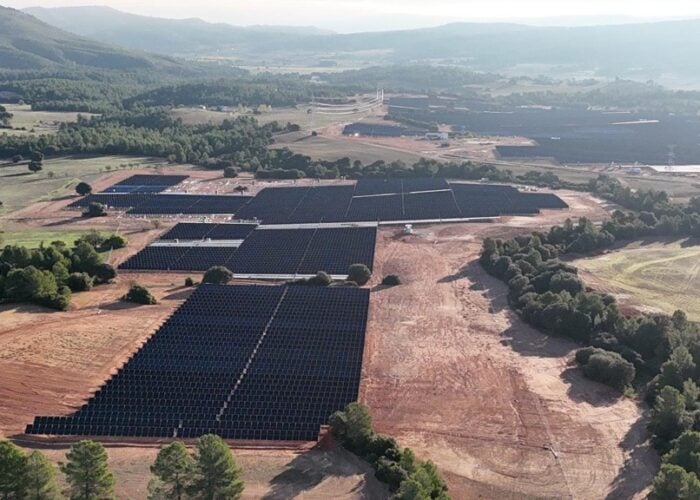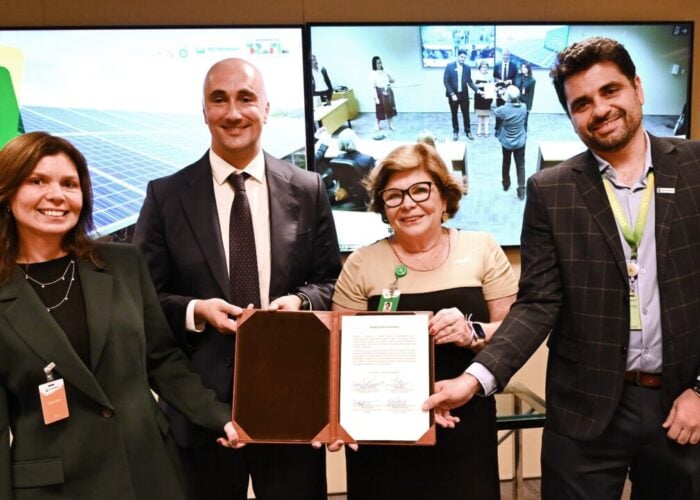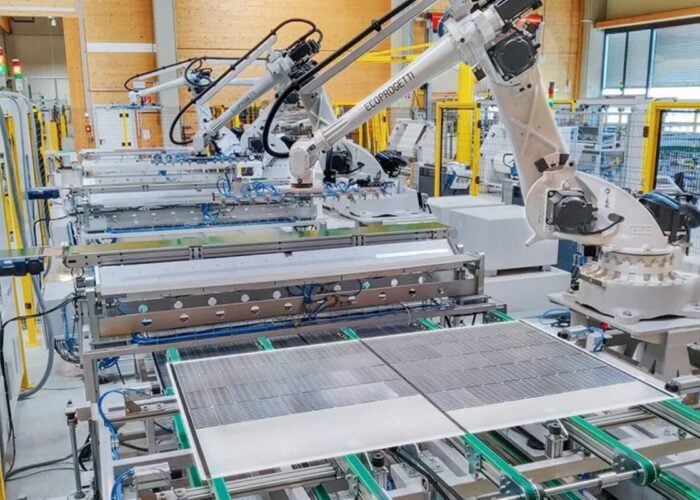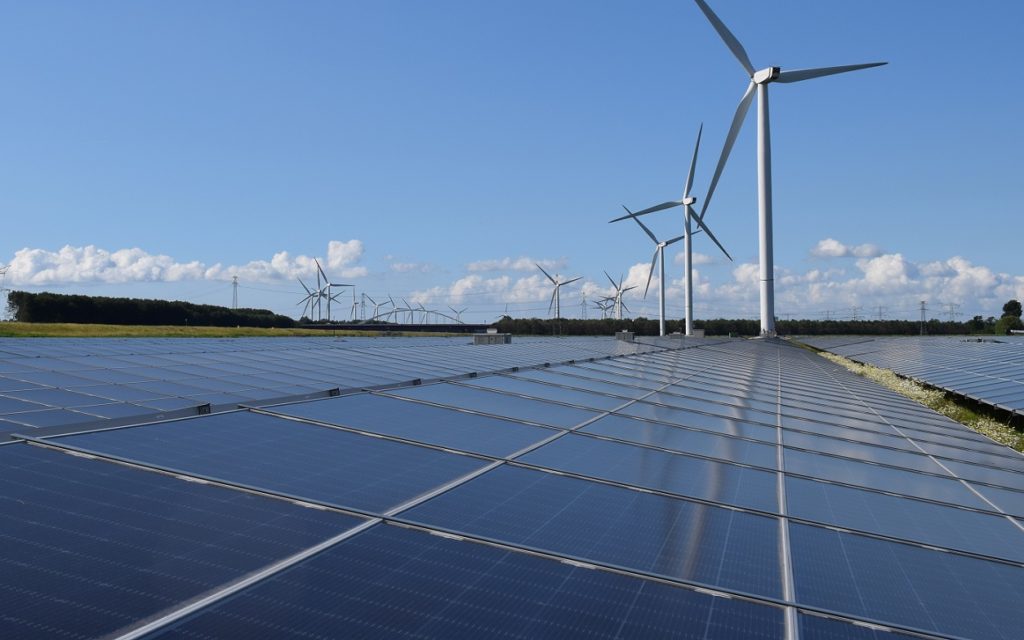
Solar is booming across Europe, producing 27% more power last year than in 2019, according to new analysis from energy thinktank Ember.
Solar now produces 6% of Europe’s electricity, with Spain and the Netherlands driving growth and markets across the continent laying the foundations for rapid expansion.
Try Premium for just $1
- Full premium access for the first month at only $1
- Converts to an annual rate after 30 days unless cancelled
- Cancel anytime during the trial period
Premium Benefits
- Expert industry analysis and interviews
- Digital access to PV Tech Power journal
- Exclusive event discounts
Or get the full Premium subscription right away
Or continue reading this article for free
Comparing electricity generation in 2021 with 2019 across the European Union’s (EU) 27 member states, Ember’s European Electricity Review shows that solar and wind for the first time generated more electricity than gas, with solar’s growth vital for passing this milestone as the technology “begins to soar”.
Together, solar and wind generated 19% of EU electricity in 2021, up from 17% in 2019.
Ember said that despite claims to the contrary, solar and wind delivered throughout the continent’s electricity price crisis, which began in the second half of last year as fossil gas price rises accelerated. EU solar and wind power output was the highest on record for each month in the second half of 2021 except September.
The report highlights Spain’s solar story is a textbook example for other countries in Europe to follow as it almost doubled solar generation from 15TWh in 2019 to 26TWh last year. On current plans, solar is set to provide nearly 30% of Spain’s electricity generation by 2030 (up from 10% currently).
The Netherlands, meanwhile, saw almost 10% of its power demand met by solar in 2021 as it increased generation 115% since 2019. Taken together, Spain and the Netherlands account for half of Europe’s solar growth since 2019.
Despite progress in markets such as Poland, Hungary and Portugal, Italy’s solar growth has plateaued, Ember said, with much of the stagnation due to delays in securing planning rights.
But with cheap solar power now appearing across Europe, the thinktank said it expects more countries to raise their solar ambitions, following Germany’s new coalition government, for example, which has set a target of 200GW installed by 2030.
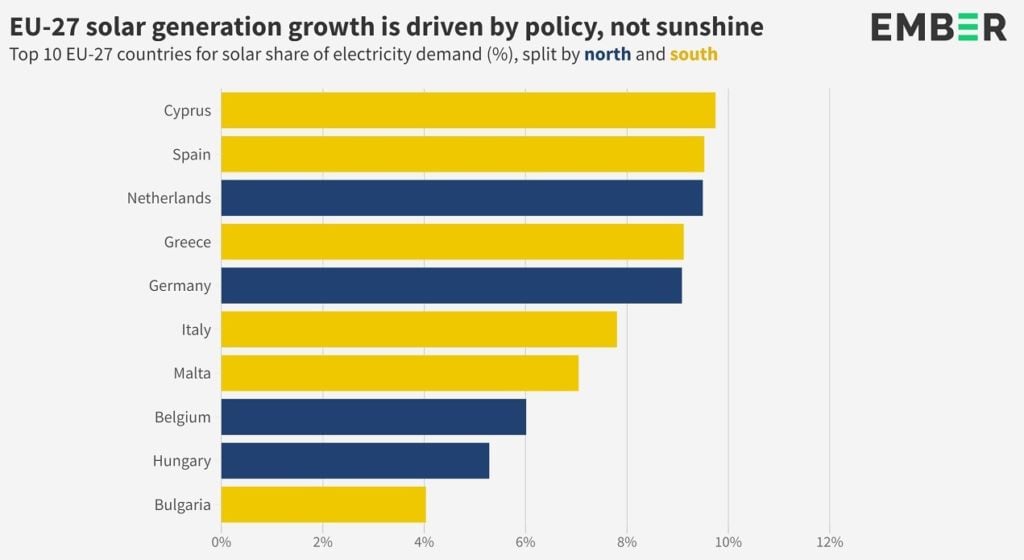
The report finds that fossil fuels still accounted for 37% of EU electricity production in 2021, down from 39% in 2019, while renewables generated 37% and nuclear 26%.
Despite solar’s rise, slowing coal phase-out and the failure to deploy enough clean power meant that EU power sector emissions fell at less than half the rate required for 1.5C.
While historically, new renewable generation replaced coal power, a result of soaring gas prices in the second half of 2021 meant renewables instead replaced fossil gas, meaning coal power declined just 3% from 2019 to 2021, compared to 29% in the two years previously, Ember said.
The current gas crisis “should be a huge wake-up call”, said Charles Moore, Ember’s Europe lead. “Keeping 1.5C within reach requires a massive step up in renewables to ensure that all fossil fuels are off the grid by 2035. Now is the moment to double down on Europe’s transition to clean electricity.”
The thinktank warned that with market prices indicating that the gas crisis will continue for at least the next two years, Europe’s climate goals could be at risk if countries fail to step up renewables deployment.


